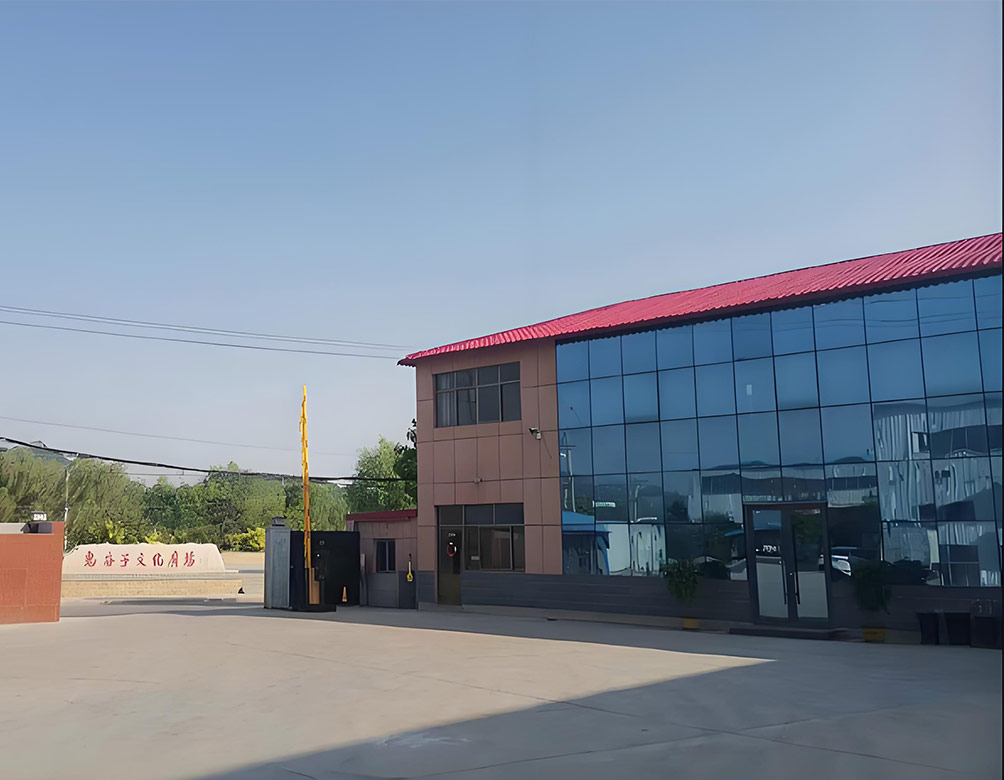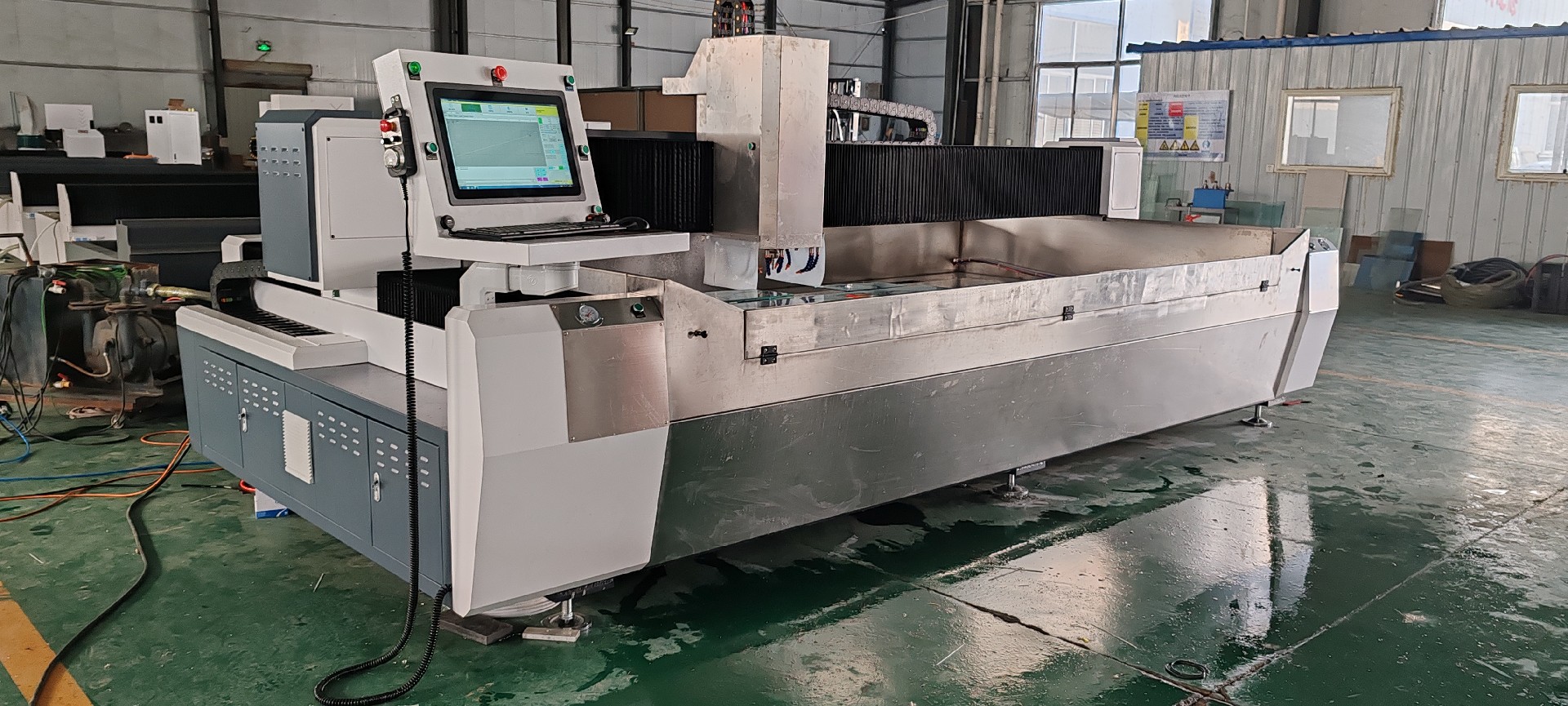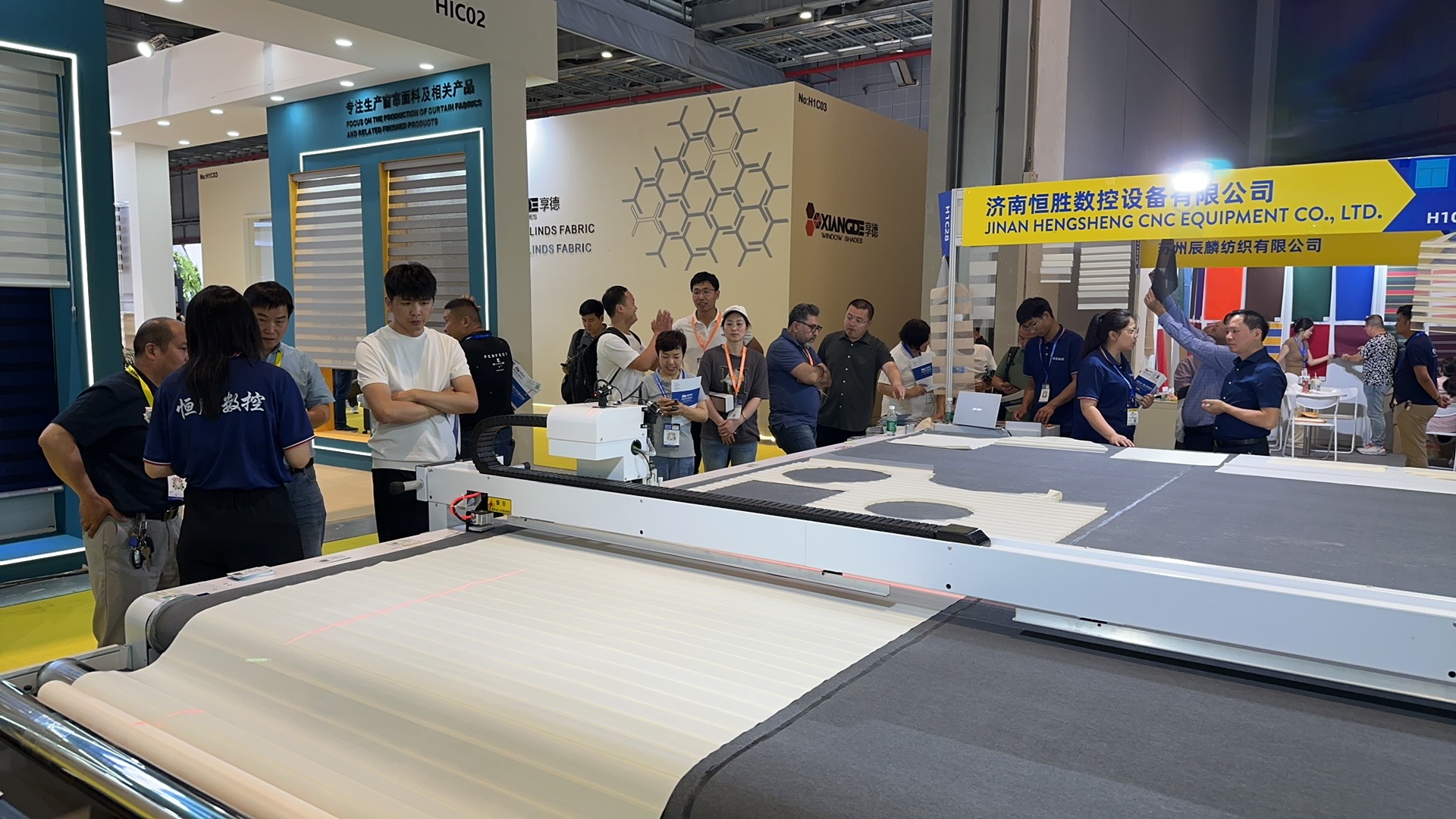
Glass processing center: empowering efficient edge grinding and polishing technology for furniture g
Release time:2025-04-17 09:02:06
Glass processing center: empowering efficient edge grinding and polishing technology for furniture glass
In the field of modern furniture manufacturing, the application of glass is becoming increasingly widespread. From simple dining tables and countertops to artistic cabinet door partitions, glass has become the darling of designers due to its transparency, durability, and strong plasticity. However, the processing quality of glass directly affects the aesthetics and practicality of furniture, especially the edge grinding and polishing processes, which are the core factors determining the quality of glass products. This article will delve into how glass processing centers can provide high-precision and high-efficiency edge grinding and polishing solutions for furniture glass through advanced technology and equipment.

---
1、 The core function of glass processing center
Glass processing center is a modern production machine that integrates cutting, edge grinding, drilling, polishing, chamfering and other functions. The core advantages of customized furniture glass are:
1. Flexibility and accuracy: Through the CNC (Computer Numerical Control) system, processing parameters can be quickly switched to adapt to furniture glass of different shapes, thicknesses, and design requirements.
2. Full process coverage: from drilling and milling to final polishing, achieving one-stop production and reducing losses and errors in intermediate links.
3. Scale efficiency: Automated equipment can process multiple batches of orders simultaneously, meeting the furniture industry's demand for timeliness and mass production.
---
2、 The edging process of furniture glass: from rough grinding to fine finishing
Grinding is a crucial step in glass processing, aimed at eliminating sharp edges after cutting and laying the foundation for subsequent polishing and installation. Glass processing centers usually use multi-stage edge grinding technology:
1. Rough grinding and shaping
-Equipment: Fully automatic linear edging machine or CNC irregular edging machine.
-Function: Remove cutting burrs and preliminarily adjust edge shapes (such as right angles, rounded corners, and irregular cutting).
-Technical points: Adjust the grinding wheel pressure according to the glass thickness to avoid excessive wear or edge breakage.
2. Fine grinding and refinement
-Equipment: High precision irregular edge grinding machine.
-Function: Eliminate rough grinding marks, make the edges transition smoothly, and control the error within 0.1mm.
-Applicable scenarios: Suitable for high-end furniture glass that requires complex processes such as rounded corners and beveled edges.
3. Chamfering and chamfering
-Purpose: To enhance edge security, prevent scratches during installation, and improve visual depth.
-Technology: Various chamfering effects such as 45 ° and arc can be achieved through adjustable angle grinding heads.
---
3、 Polishing process: creating a mirror level texture
Polishing is the finishing touch of glass surface treatment, which directly affects the visual and tactile effects of furniture. The glass processing center adopts multi-stage polishing technology to meet different gloss requirements:
1. Mechanical polishing
-Equipment: High speed polishing machine with precision grinding wheel.
-Principle: Remove fine scratches through physical friction to create a high reflectivity mirror effect.
-Applicable: Suitable for modern minimalist style furniture, such as glass coffee tables and display cabinet doors.
2. Chemical polishing
-Process: Use chemical reagents such as hydrofluoric acid to dissolve micro protrusions on the surface of glass, achieving a uniform matte or matte effect.
-Advantages: No mechanical damage, suitable for special designs such as art glass and antique furniture.
3. Nano polishing
-Technical highlight: Using nanoscale diamond abrasive to achieve a gradient effect of matte and high brightness, improving surface stain resistance.
-Application case: High end hotel furniture, customized cabinet glass countertops.
---
4、 Industry Trends: Intelligence and Environmental Protection
1. Automation upgrade: The AI visual inspection system can monitor the edge grinding accuracy in real time, reducing manual intervention.
2. Green technology: Dry polishing technology replaces traditional water polishing, reducing energy consumption and wastewater discharge.
3. Customized services: Support 3D modeling import to meet the processing needs of irregular curved glass.
---
5、 Application Case: How Glass Processing Centers Empower Furniture Design
-Case 1: Modern dining table glass countertop
Using CNC irregular edge grinding and nano polishing technology, the edges are rounded without dead corners, the surface smoothness reaches a mirror effect, and the LED light strip highlights the transparent texture.
-Case 2: Imitation wood grain glass cabinet door
Creating a matte texture through chemical polishing, combined with edging technology to conceal frame seams, achieving an "invisible" suspended design.
---
conclusion
The glass processing center, with its precision equipment and technological innovation, is promoting the upgrade of furniture glass from a "functional material" to a "decorative artwork". Whether it's the safety details of edge grinding or the visual texture of polishing, every process embodies the accumulation of technology and experience. In the future, with the deep integration of intelligent manufacturing and environmental protection technology, glass processing will bring more possibilities to the furniture industry - more efficient, personalized, and sustainable.




 EN
EN 中文
中文 عربي
عربي


 Contact
Contact